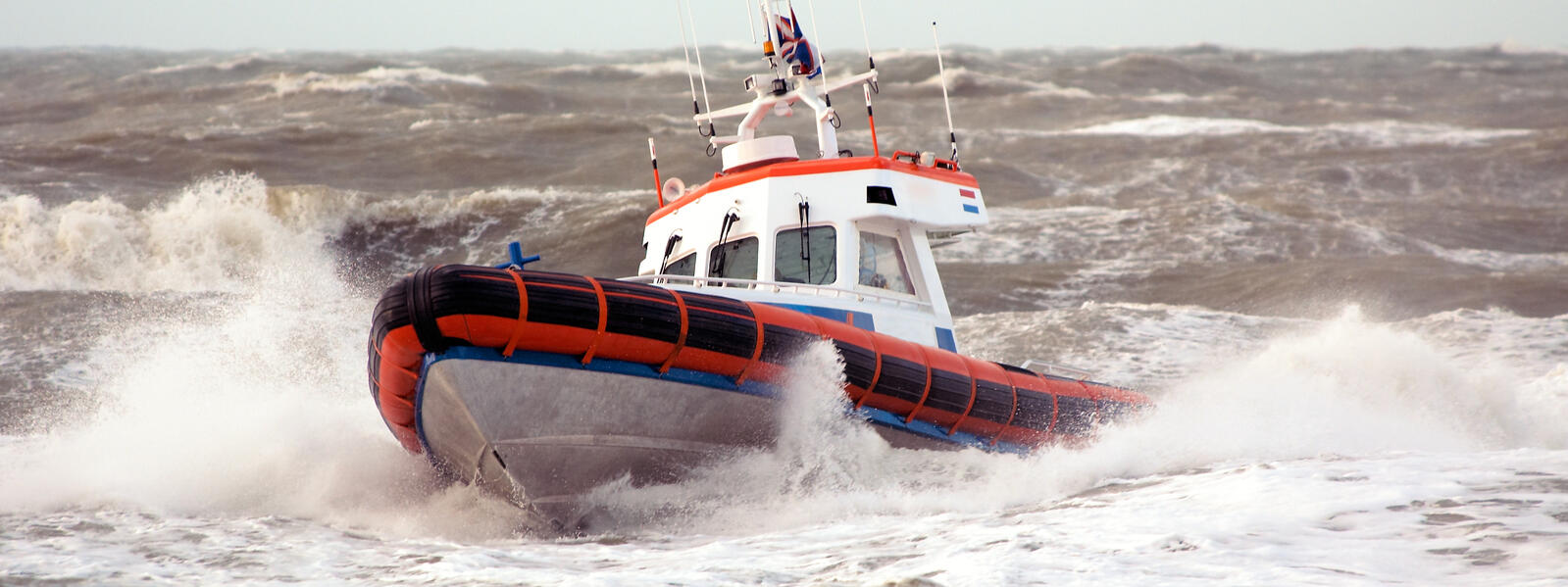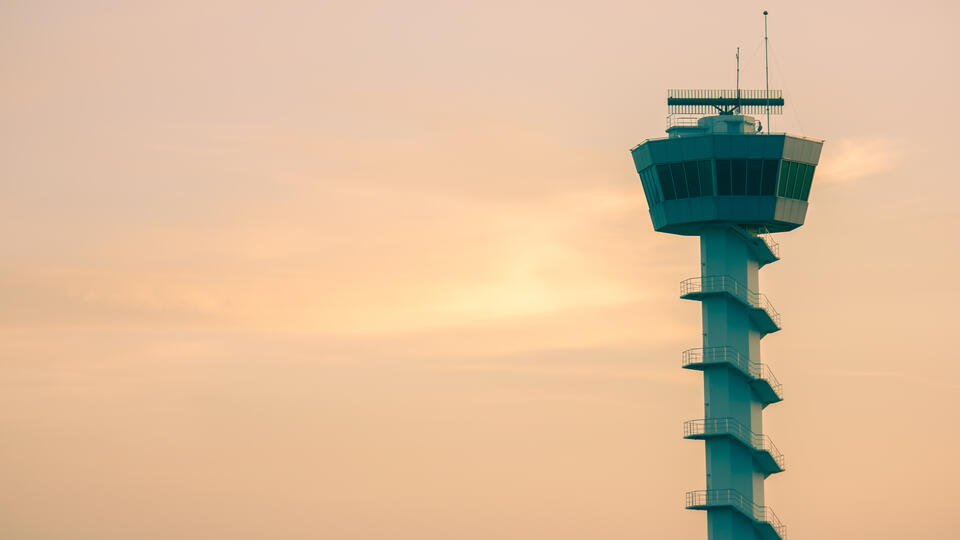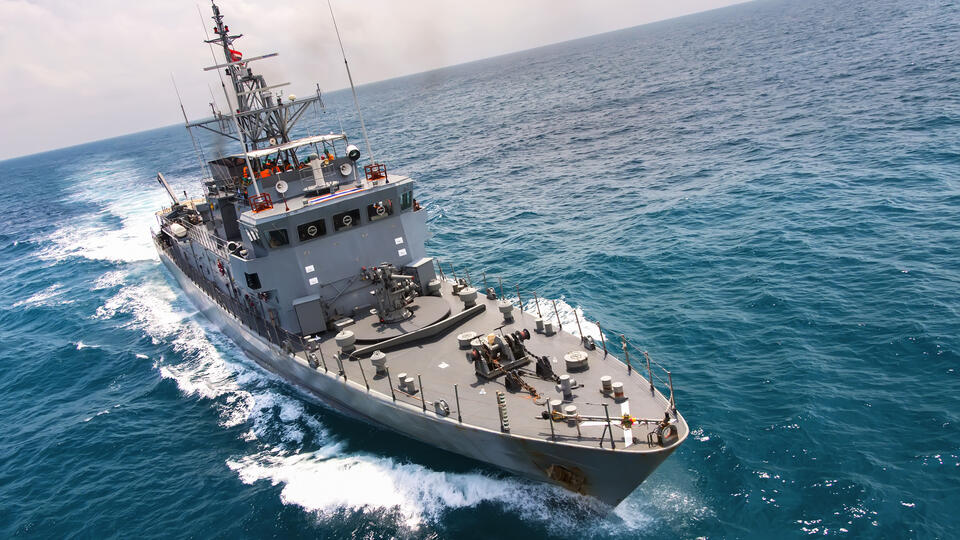
Gyro Stabilization for PTZ Camera Systems
Image stabilization is a necessary requirement for many long-range PTZ camera applications, since the effects of camera shake are multiplied in long-range images. The need for a high-end stabilization solution is directly related to the field-of-view of the camera being used and how much camera shake it will likely be subjected to.
Small Vibrations are Amplified in Long‑Range Images
Some may wonder why gyro stabilization is needed when the cameras they use like a cellphone or a GoPro produce usable images without it. This is because the need for stabilization is proportional to the camera’s field of view. An iPhone for example has a wide field of view (60°) and a GoPro has an extra wide field of view (120°). If the camera is bumped and consequently shakes by two degrees, this means an iPhone’s image shifts by 3% while a GoPro’s image only shifts by 1.5%. These are fairly mild fluctuations to account for, but Infiniti’s long-range zoom cameras often have fields of view that are less than 1°. A camera with a 1° field of view would experience an immense image shift of 200% from that same small vibration.

The Limits of Digital EIS Stabilization
With digital and electronic stabilization becoming more popular on smartphone cameras, video editing software and even a one-click YouTube option, it’s understandable that many people may think that advanced digital stabilization could then solve any stabilization problems, but for long-range cameras that use high power optical zoom cameras, digital stabilization alone is simply not enough. Digital stabilization or EIS (Electronic Image Stablization) works by comparing the frames of the video and watching for sudden shifts in the overall scene. When these shifts occur, the algorithm digitally moves the image back to where it would be if the camera had remained stable. This means the edges of the video now have areas where there is no information. To compensate for this, the final video image is cropped to eliminate those jittery black edges. When the image is shifting by one or two percent, this method can work quite well, but when the image is shifting by over 100%, this is impossible as there is no overlapping image to track. This is why long-range cameras should be paired with a mechanical gyro PTZ system.
How Gyro Stabilization Works
Gyro stabilization works by mounting a state-of-the-art FOG (Fiber Optic Gyroscope) or MEMS (micro-electro-mechanical systems) gyroscope to the camera base that measures for any movements that might occur. When the gyroscope senses movement, it then sends a command to the pan/tilt unit to counteract that movement by applying the opposite rotation to the camera. This keeps the image on target, even with massive shifts in movement (up to the rotation limits of the pan/tilt). Performance is then dependent on the accuracy of the gyroscope, the latency in the system, and the speed and precision of the pan/tilt motors. These components can quickly become expensive, which is why we custom configure your camera for the needs of your situation.
It is important to look at the specs of the pan/tilt before purchasing a gyro stabilized system as it must be able to perform quickly and accurately enough to stabilize the image. Not all gyro stabilization systems are created equal. What type of system you require will depend on its intended usage.
Applications

Mast & Tower
Just because a mast or tower is a fixed structure secured to the earth doesn’t mean it is completely stable. As an example, the top of the Eiffel Tower in Paris can sway six to seven meters in the wind.
For mast and tower applications, gyro stabilization is recommended based on the distance and size of the targets you are tracking, as well as the height and stability of the tower.

Vehicles, UAVs, UGVs & USVs
For cameras mounted to manned and unmanned vehicles, expectations can vary greatly. They are likely to be subject to significant movement, but often operate at a wider field of view which would make the effects of camera shake less distracting. Stabilization requirements will depend on the type of camera, field of view, speed of the vehicle and the condition of the terrain being traversed.

Coastal Surveillance & Marine Vessels
A vessel on the open ocean will experience a lot of movement, but again that movement is a different type than what would be experienced on a tower or off-road vehicle. Cameras mounted to marine vessels require different levels of gyro stabilization depending on the size of the vessel and the camera’s field of view.
Every situation is unique, here at Infiniti we excel at designing camera and pan and tilt gimbal systems that deliver the specific performance you need at a competitive price. Whether your priority is top-of-the-line cutting edge technology, a precise and cost‑effective pointing solution, or a custom built EO/IR gyro PTZ surveillance camera system . Infiniti design and sales engineers will work with you to build a bespoke solution based on your application, budget, and mission objective to ensure success of your program or project.
Talk to a Sales Engineer
Tell us about your project requirements and we’ll work with you to design the ideal solution that best matches your budget and your project needs.